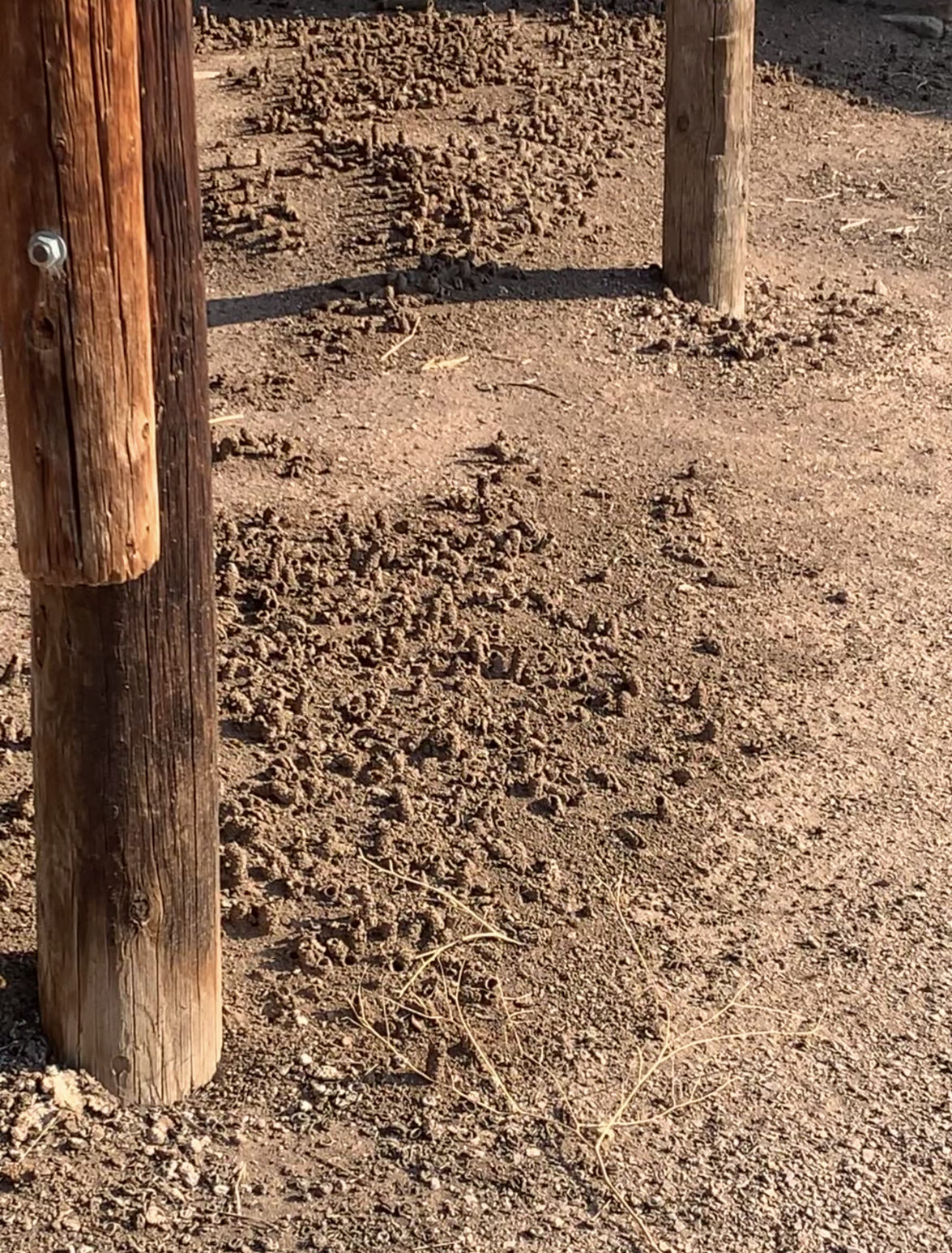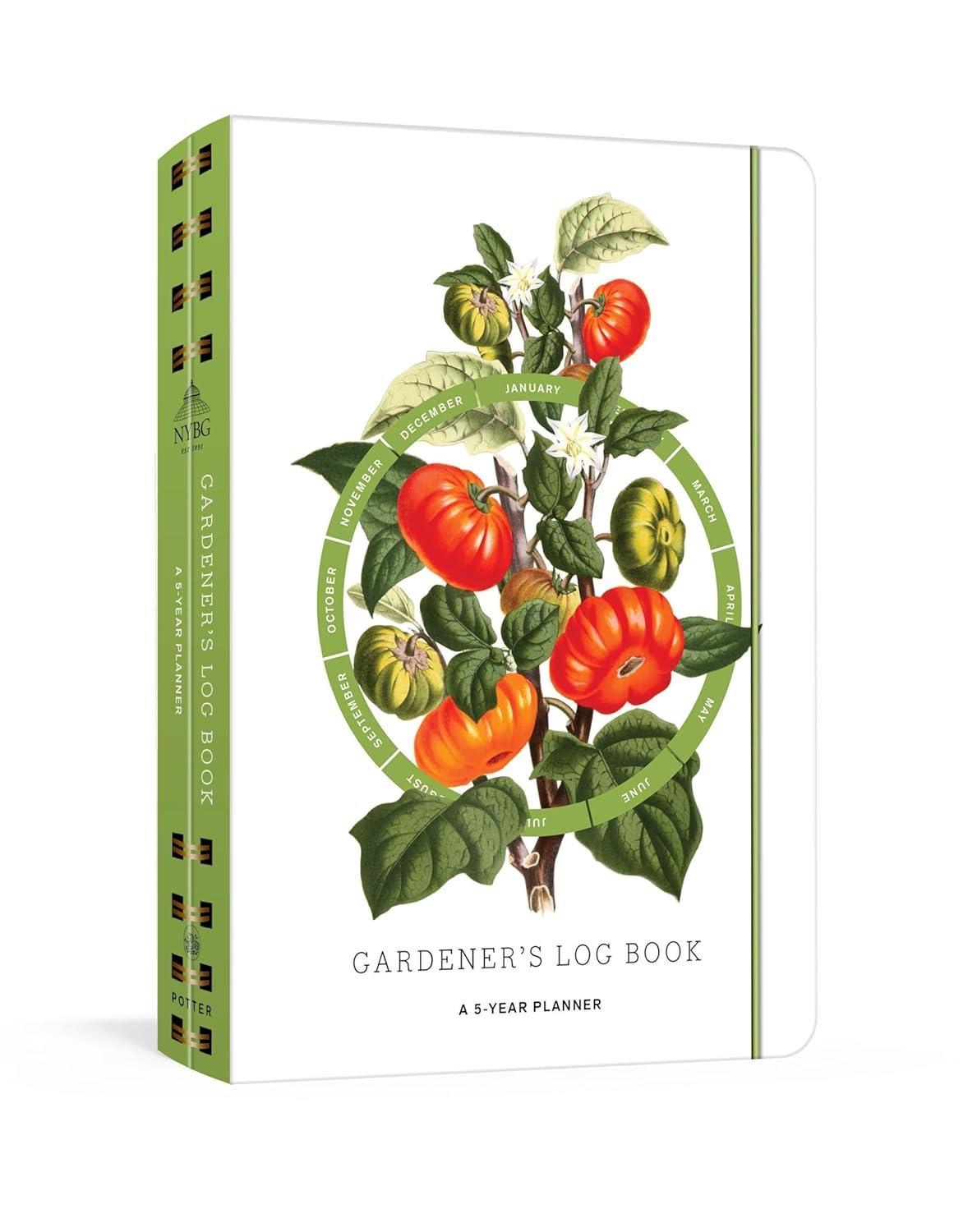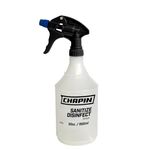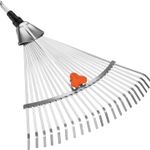Traditionally in our region, gardens were cleaned up in fall for practical and aesthetic reasons. By spring, with weeding, watering, sowing, and dividing all begging for attention, time can be short. Leaving beds covered in leaves—especially those that rely on self-sowing or are filled early-season plants—can also reduce their vigor. More recently, the surge of interest in native plants, naturalistic design, and ecological gardening, has increased awareness regarding how and where our gardens fit into the landscapes around them. Gardeners are increasingly asking themselves, How can I incorporate care for insects, especially pollinating and beneficial insects, into my garden-care practices? The answer may be to reconsider our traditional garden cleanup practices.
Insects Are Diverse—and So Are Their Needs
Though they are easily overlooked, insects are the most numerous and diverse inhabitants of our gardens. Colorado alone boasts more than 900 species of native bees, each with a preferred range of forage plants and nesting needs. Some overwinter in the ground, others in plant stems, and a third group prefers cavities in rocks and other tight, protected spaces. This diversity means it is important to provide a range of habitat types and ground coverings. Similarly, there is no one-size-fits-all approach to spring cleanup.
Claims that “waiting for temperatures to reach 50⁰ F allows insects to leave their winter homes” are an overgeneralization. While it may be true in some places, the mountain west’s day–night temperature swings mean an average of 50⁰ F could represent extremes of much hotter days and colder nights than other areas. Some evidence suggests this number may not be based on studies examining garden insects, anyway. A more reliable method would be to use a phenological indicator. For example, current evidence supports waiting until apple trees have passed their peak bloom as a more successful indicator of the emergence of most beneficial garden insects.
Develop a “Bug Bed”: A Practical Compromise
If this sounds problematic for aesthetic or practical reasons in your garden, consider creating a dedicated “bug bed” and continue to clean up the rest of your garden. This relatively easy approach also contains the sense of messiness that tends to be associated with wildlife-friendly gardens. When concentrated to one area, a couple of tidy shrubs can screen the bed.
How to Plant a “Bug Bed”
- Plant or seed a garden bed with natives.
- Be sure to provide bare ground, gravel mulch, and leaf mulch.
- Each fall, cut plant stems in half in a few places in the bed to allow easier entry by native bees.
- In spring, wait until apple trees have passed the peak of bloom to complete annual garden cleanup, then cut one third to half of the bed back to the ground.
This ensures the majority of insects overwintering in plant stems will have time to make their exit and that the rest of the bed is useful to a variety of types of insects. The idea is for each portion of the bed to present differing compositions of ground coverings and plant materials. Crucially, including a loose — not packed — pile of sticks, plant stems, and leaves all mixed together to provide lots of nooks and crannies. This makes a top-notch overwintering spot for many native bees and butterflies alike. It also makes a good destination or holding spot for “messy” looking materials moved from other garden beds.
Move, Don’t Remove Leaves
Elsewhere in the yard, tweaking a few existing garden practices can do a lot of good for our overwintering pollinators.
- Rather than entirely removing or lawnmower-mulching leaves to clear beds with early-blooming or self-seeding plants in need of late winter and early spring sun exposure, simply rake said leaves out and use them as a mulch in shrub beds or add them to your “bug apartment” pile.
- This should be done by late winter in spots where you rely on self-sown annuals or perennials like I often do, and by early spring in the case of early-season perennials. Moving rather than removing leaves better balances the needs of your plants and insects alike; leaving leaves well into May as some guides suggest can be detrimental to many of our waterwise and early-growing perennial plants. At the same time, many native insects will emerge from moved leaves and stems without issue.
- As pointed out by Whitney Cranshaw, Professor Emeritus with Colorado State University, a very large percentage of the butterflies we consider local actually migrate out of our region for the winter rather than overwintering in leaf litter as they do in other parts of the world. Insects that do overwinter in leaf litter, like ladybugs, are generally not harmed by simply being moved. Moths, many of which overwinter as pupae in loose earth, benefit from soft, exposed or lightly leaf-covered garden soils, especially those not disturbed fall to late spring.
Stems Provide a Home for Native Bees
Native bees benefit from several different garden cleanup practices. For those that overwinter in plant stems, you can easily check for bees present in the stems before cutting, making early cleanup possible for those that want to begin tidying up sooner rather than later.
Cut the stem in half; stems with a tunnel down their center are likely to be occupied, while those with pith remaining are unoccupied. Check a handful of stems, at several places on the stem, and on each kind of plant before beginning. This can give a general sense as to which may need to wait until later in the season so that the bees can wake up from winter dormancy and make a graceful exit.
Plants used by bees for such purpose usually have a moderate or large diameter stem with a center that can be hollowed out by the bee itself — think Echinacea, Vernonia, and many larger members of the aster family, as well as similarly pith-filled stems in other groups, like Rosa. Thankfully, prickle-covered rose stems are best cleaned up at the very end of spring in our region, anyway, and so don’t need to be moved into and out of a holding pile for those tailoring their practices for insects.

Take A Balanced Approach to Garden Clean Up
Waiting to perform garden cleanups until apple trees in your area are past peak bloom will provide the greatest spread of insects the opportunity to use your garden as overwintering habitat. Some folks may choose to do no cleanup until this time, opting to minimize disturbance of insects as much as is possible. Others may remove leaves early, if time or space doesn’t allow keeping them, knowing that fewer of our local butterflies and moths use leaves as an overwintering space when compared to other regions in the country. This may still affect other insects, like ladybugs and lacewing larvae that overwinter in leaf beds.
If you’re like me, cleanup is a mix of both; I stage many of my cutbacks at times that are best for the specific plant l, but at the same time do so in a manner that considers insect well-being. This means keeping stems of species likely to be occupied piled with leaves, but moved from around species that wake up early, until the end of spring when most insects have emerged. At that time leaves and stems can be kept in their “bug apartment” pile, composted, tilled into a vegetable garden, used as mulch across the yard, or sent to a commercial composter. When working with stems that are likely occupied, I keep them as intact as possible, making a single cut at their base and doing my best to move them without breaking them into pieces. You can also “chop-and-drop” such stems as mulch, but don’t cut them into small pieces or mulch them if helping insects is the goal.
And, as I like to remind myself, gardening is a practice. Each year offers new opportunities and lessons. Almost any habitat your garden creates will be an improvement over the current norm – a bluegrass lawn – so enjoy the process and experience rather than fretting about whether or not you might be doing it “right.” To anyone that would tell you otherwise, I just say garden a few more years.
See more Mountain West regional reports here.
To discuss these garden concepts or ask other gardening questions, chat with gardeners from your area on the Gardening Answers forum.
Bryan Fischer lives and gardens at the intersection of the Great Plains and the Rockies. He is a horticulturist and the curator of plant collections for a local botanic garden.
All photos unless otherwise noted: Bryan Fischer
Fine Gardening Recommended Products

Gardener’s Log Book from NYBG
Fine Gardening receives a commission for items purchased through links on this site, including Amazon Associates and other affiliate advertising programs.
This weatherproof five-year log book includes the following features:
· Sturdy waterproof cover to protect pages from rain and muddy soil
· Lined pages and gridded paper for plotting beds
· Five years of 12-month bloom and harvest grids for recording what you planted and when
· Authoritative appendices on composting, pruning, pest and disease control, and container gardening
· Useful reminders by season on fertilizing, mulching, and transplanting
· Space for listing your favorite sources and suppliers.

Chapin International 10509 Upside-Down Trigger Sprayer
Fine Gardening receives a commission for items purchased through links on this site, including Amazon Associates and other affiliate advertising programs.
CLEAN & DISINFECT: made to handle disinfectants and mild bleach solutions. DESIGNED TO CLEAN: adjustable nozzle for fine to coarse spray. 32-OUNCE TANK: translucent, chemical-resistant poly. COMFORT: ergonomic handle and sprays upside down to reach awkward areas.

Gardena 3103 Combisystem 12-Inch To 20-Inch Adjustable Metal Fan Rake Head
Fine Gardening receives a commission for items purchased through links on this site, including Amazon Associates and other affiliate advertising programs.
With adjustable tine spacing: suitable for raking coarse and fine material. Flexible, zinc-plated spring-steel prongs. Working width adjustable from 12-20 inches. Sold as head only, handle sold separately.

